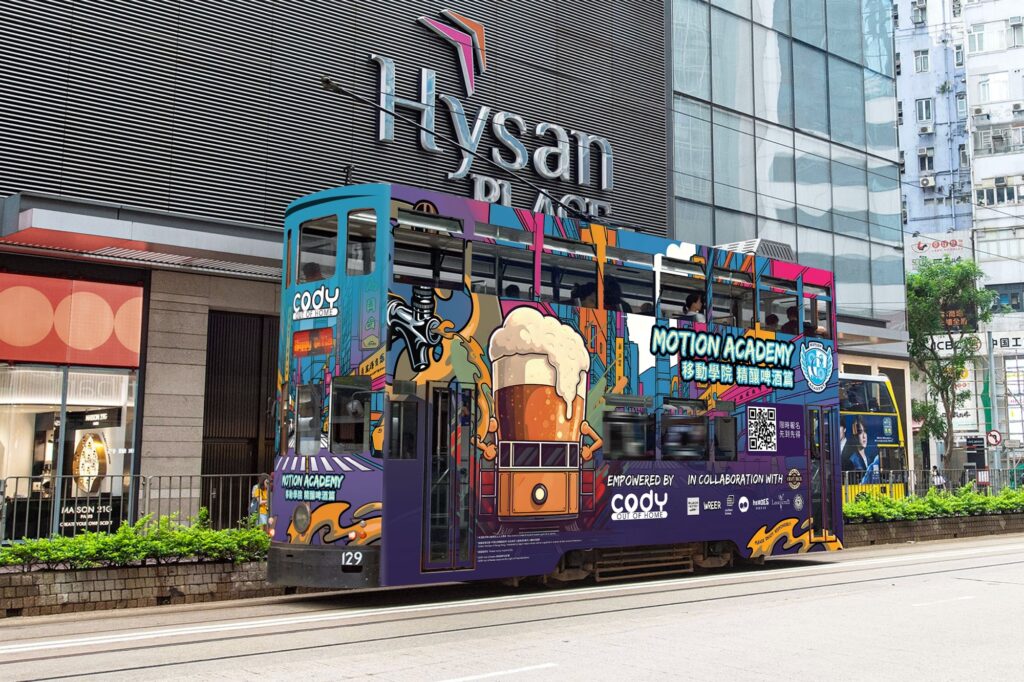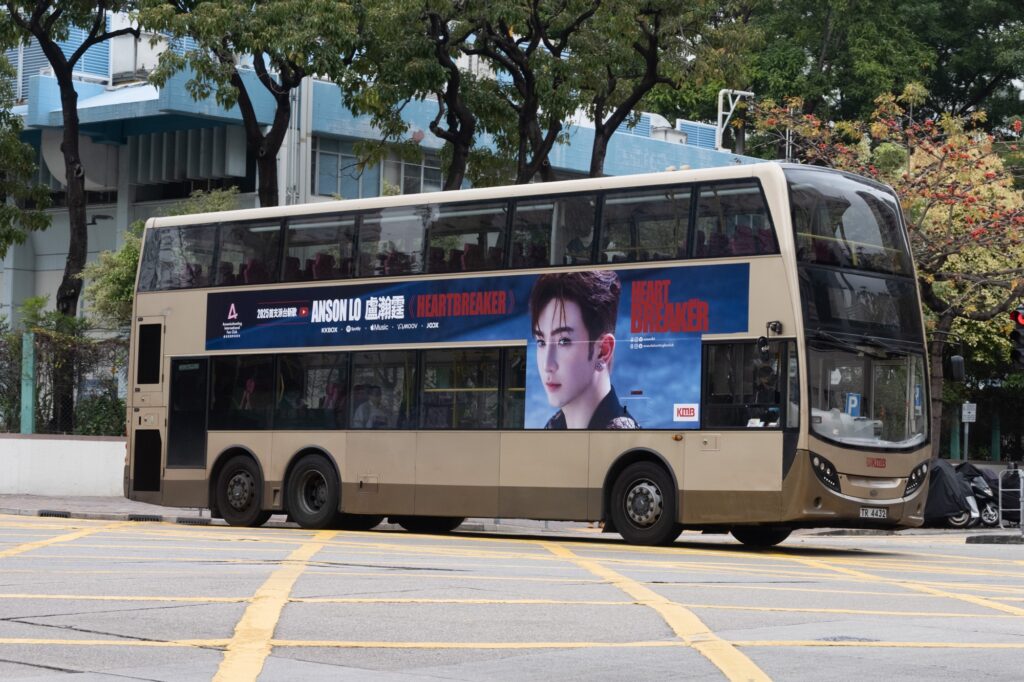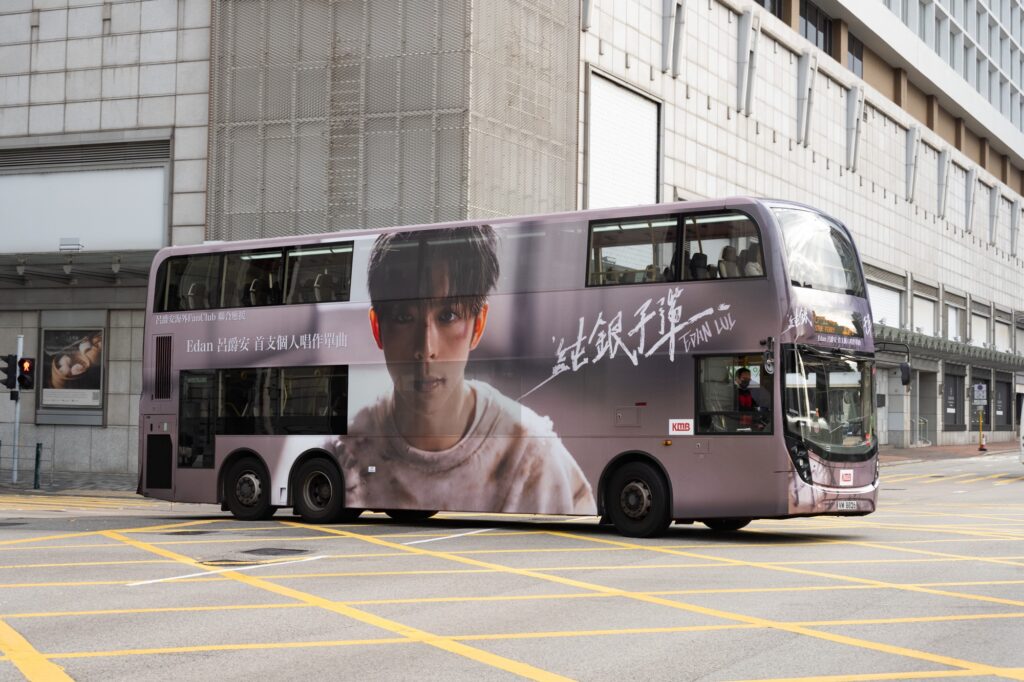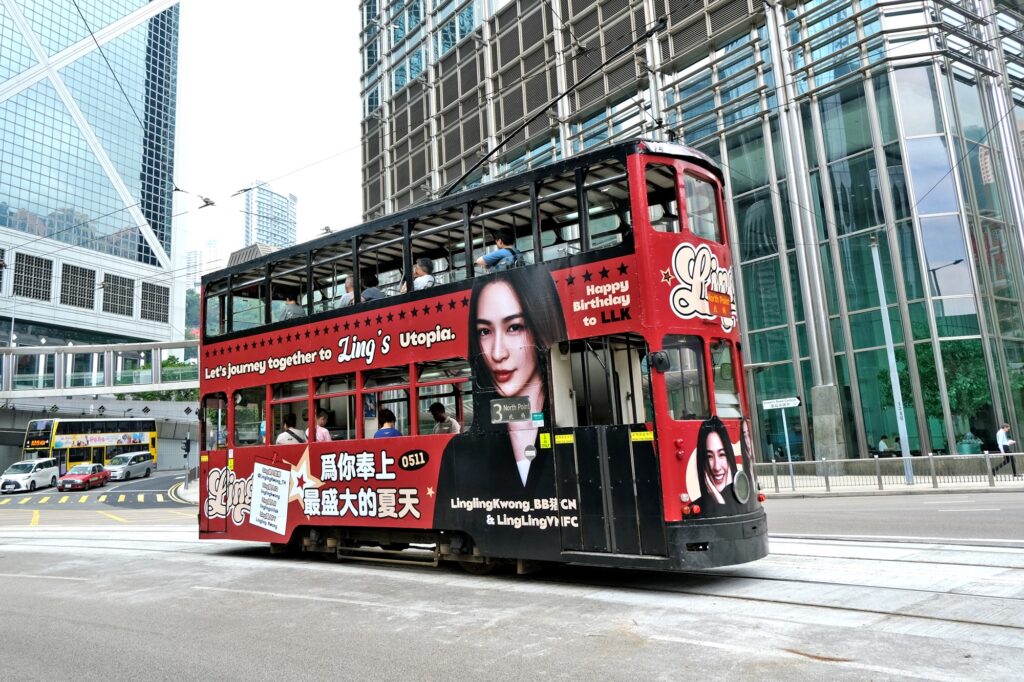In a city synonymous with skyline ads and double-decker buses, Hilda Cheung isn’t just selling space — she’s redesigning the canvas.
As Marketing Director of Cody OOH, Cheung leads with a vision of out-of-home (OOH) media that’s both digital and dynamic. “While many people view out-of-home simply as a giant poster, we use digital technology to create interactive experiences that result in a unique online-to-offline-to-online journey,” she says.
With exclusive advertising rights on Hong Kong’s trams, tunnels and KMB buses, Cody OOH commands some of the city’s most iconic mobile media. But Cheung’s focus isn’t on reach alone. It’s on resonance — creating media that doesn’t just get noticed, but gets remembered. Cody’s O2O2O model leverages offline placements to spark online engagement, which in turn drives real-world actions. “When you see an appealing tram ad, our AI technology ensures that the same ad appears on your mobile device,” she explains. “If you’re part of the intended audience, this could ultimately result in a store visit or an online purchase.”
At the heart of this model is AiSense, Cody’s proprietary data framework. “With insights emerge from multiple channels, offering valuable perspectives for decision-making. Using AiSense we analyze data to identify consumer behavior and contextual information.” Cheung notes. For clients in sectors like art exhibitions or retail, this means higher return on investment through audience segmentation and digital precision.
It’s a strategy that marries mass visibility with conversion-driven design. The “Motion Academy – Craft Beer Edition” offers a case in point: a curated tram tour featuring tastings from seven local breweries. “It represents a journey of cultural and creative exchange,” says Cheung. The campaign garnered over 14 billion impressions and a 64.47% conversion rate — proof that mobility and authenticity can work hand in hand.

Cody is also watching the rise of fan-led advertising — from K-pop stans to gaming communities — with keen interest. “Fan-led advertising serves as a powerful indicator of fan loyalty and engagement,” Cheung says. “This interaction between OOH and dedicated fans fosters dynamic creativity and generates unique experiences, resulting in unprecedented connections.” She believes the collective energy of these communities can turn billboards into living statements of identity.



Her experience in different sectors including hospitality and retail has shaped how she approaches public space as a medium. “We used various channels and public spaces to interact with people, aiming to deliver brand messages through a series of interesting and intriguing activations,” she says. That grounding in real-world engagement informs the brand’s hybrid approach today.
Looking ahead, Cheung sees location intelligence and personalization — powered by AI — defining the next era of OOH. “It enables brands to create campaigns that feel like personalized one-to-one connections, even while reaching a wide audience,” she says. For younger audiences especially, the offline experience is becoming an unexpected draw. “Experiences like Pop Mart shopping, Chiikawa anime shopping, and Y2K photobooths captivate their attention when they are most engaged.”
In that sense, Cody’s model isn’t just modernizing outdoor advertising — it’s repositioning it at the heart of cultural dialogue. Where a billboard once spoke at you, it now speaks with you.




















